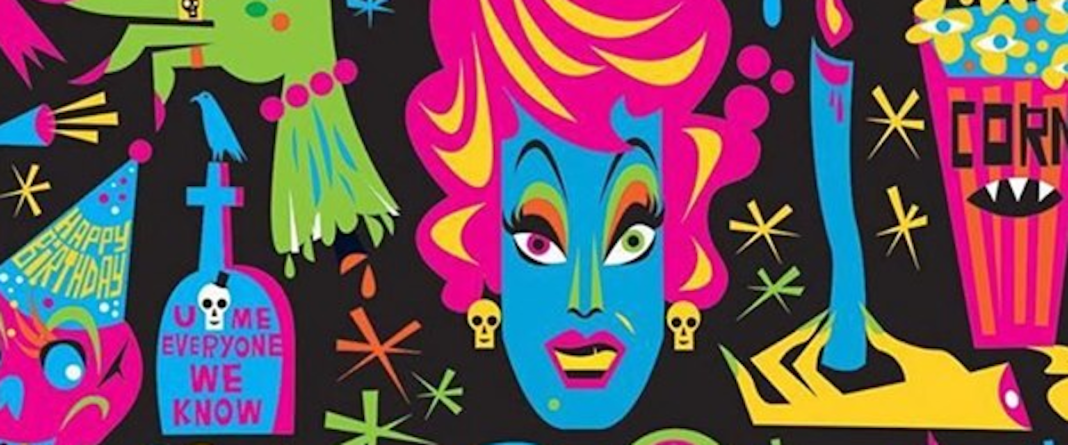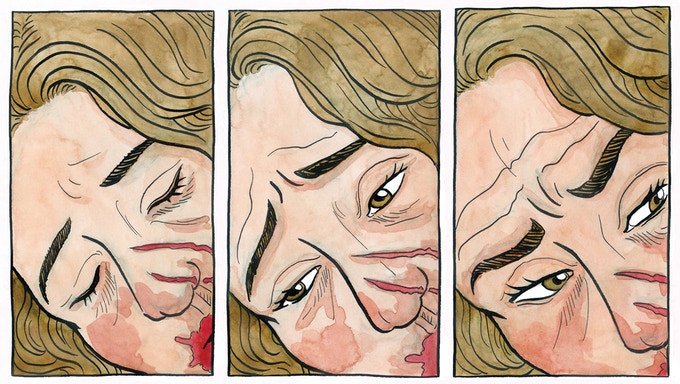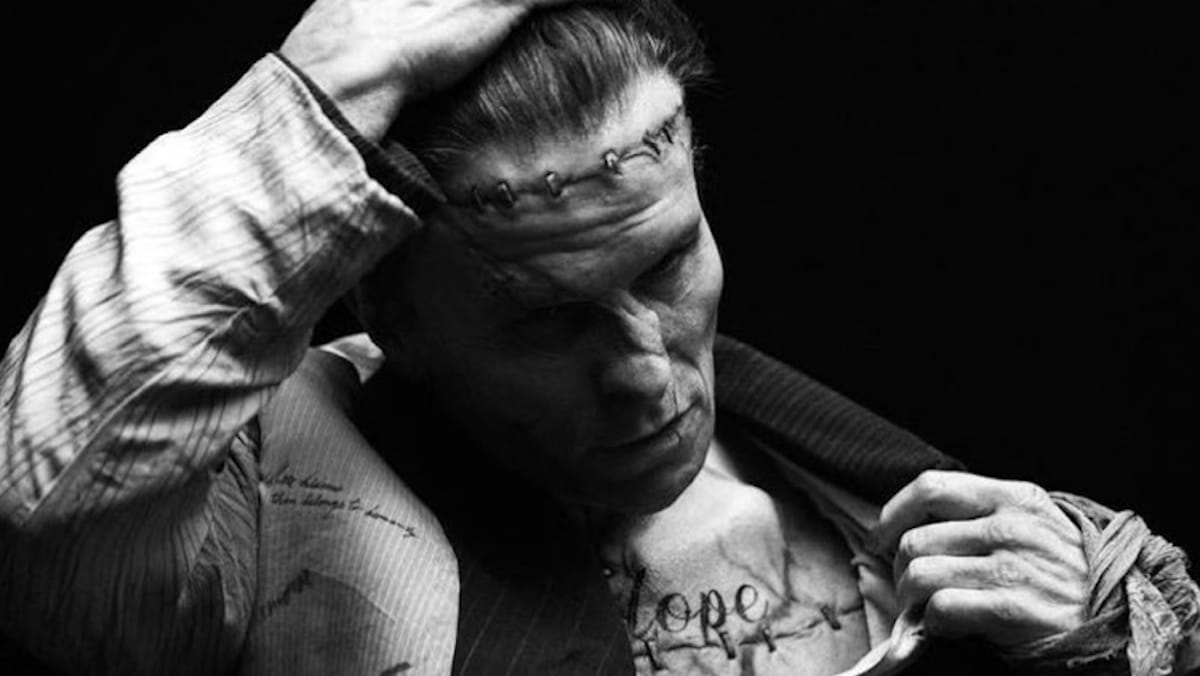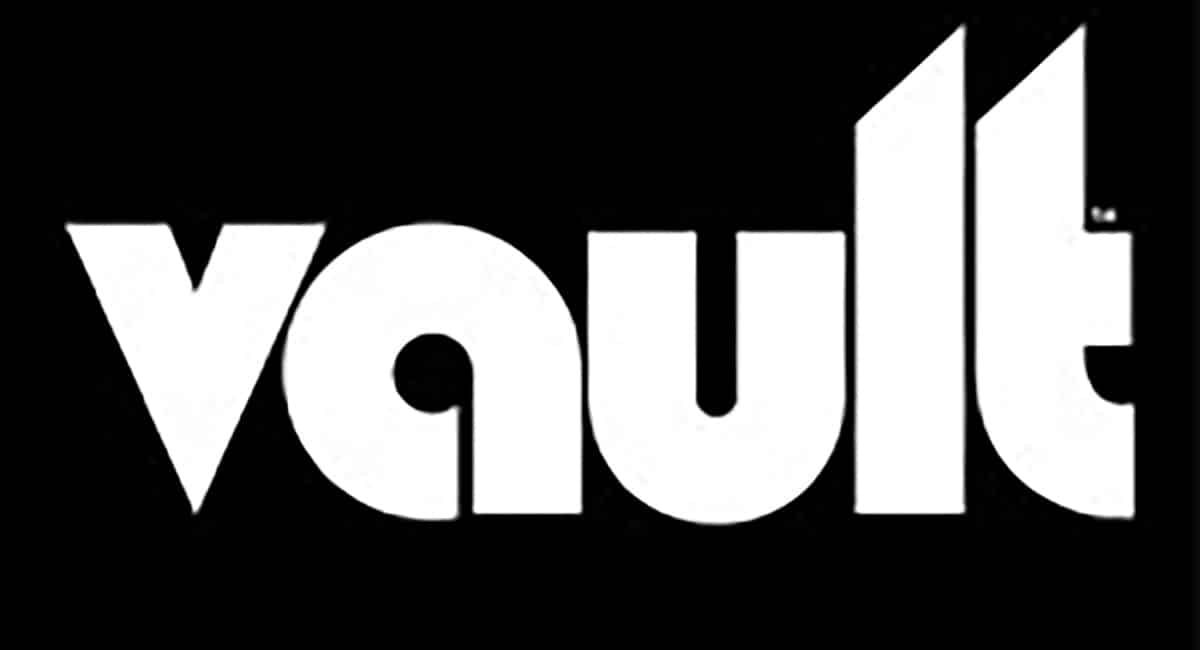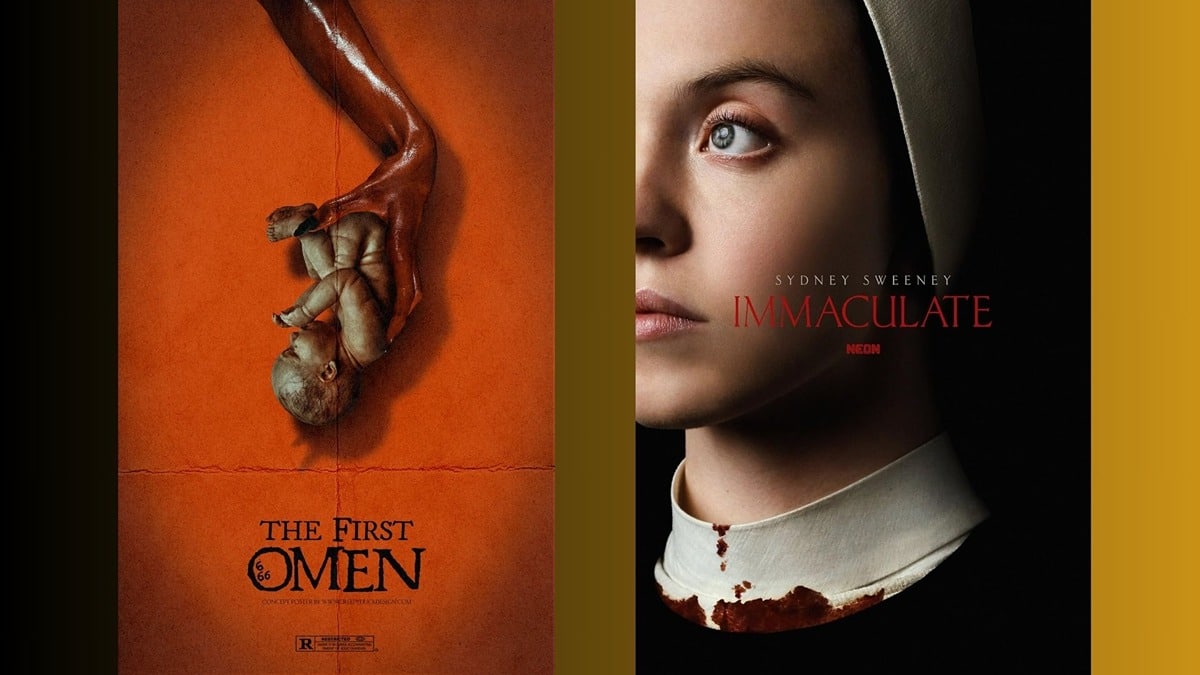Welcome to Queerness in Comics, a bi-weekly column by Avery Kaplan that will explore queer representation in comics. This week, Avery is exploring Theater of Terror!: Revenge of the Queers, a horror comics anthology published in October 2019.
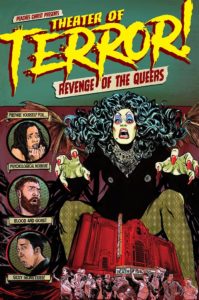
Publisher: Northwest Press
Horror is an incredibly diverse genre by default. From ghost stories to gorefests, there are a plethora of different subgenres of horror, each with their own defining characteristics and favored themes.
At its best, the genre conventions of horror can be used to explore ideas and issues that might be too daunting to approach head-on by sublimating latent anxieties and fears into literal monsters. In some instances, this can lead to stories that reveal the truth of otherwise unfathomable situations; in other cases, the no-holds-barred nature of the genre can be outright empowering and cathartic for the disenfranchised.
Theater of Terror!: Revenge of the Queers is a collection that brings together a diverse array of queer creators to explore a wide spectrum of different horror stories. While it’s inevitable that readers will find that certain stories resonate more strongly with themselves than others, each and every piece in the Theater of Terror! is worth a look.
However, to whet your appetite, let’s examine 13 of the pieces included in the collection. Be forewarned: this is absolutely a horror collection and some of these stories include blood, sex, gore, nudity, monsters, and violence.
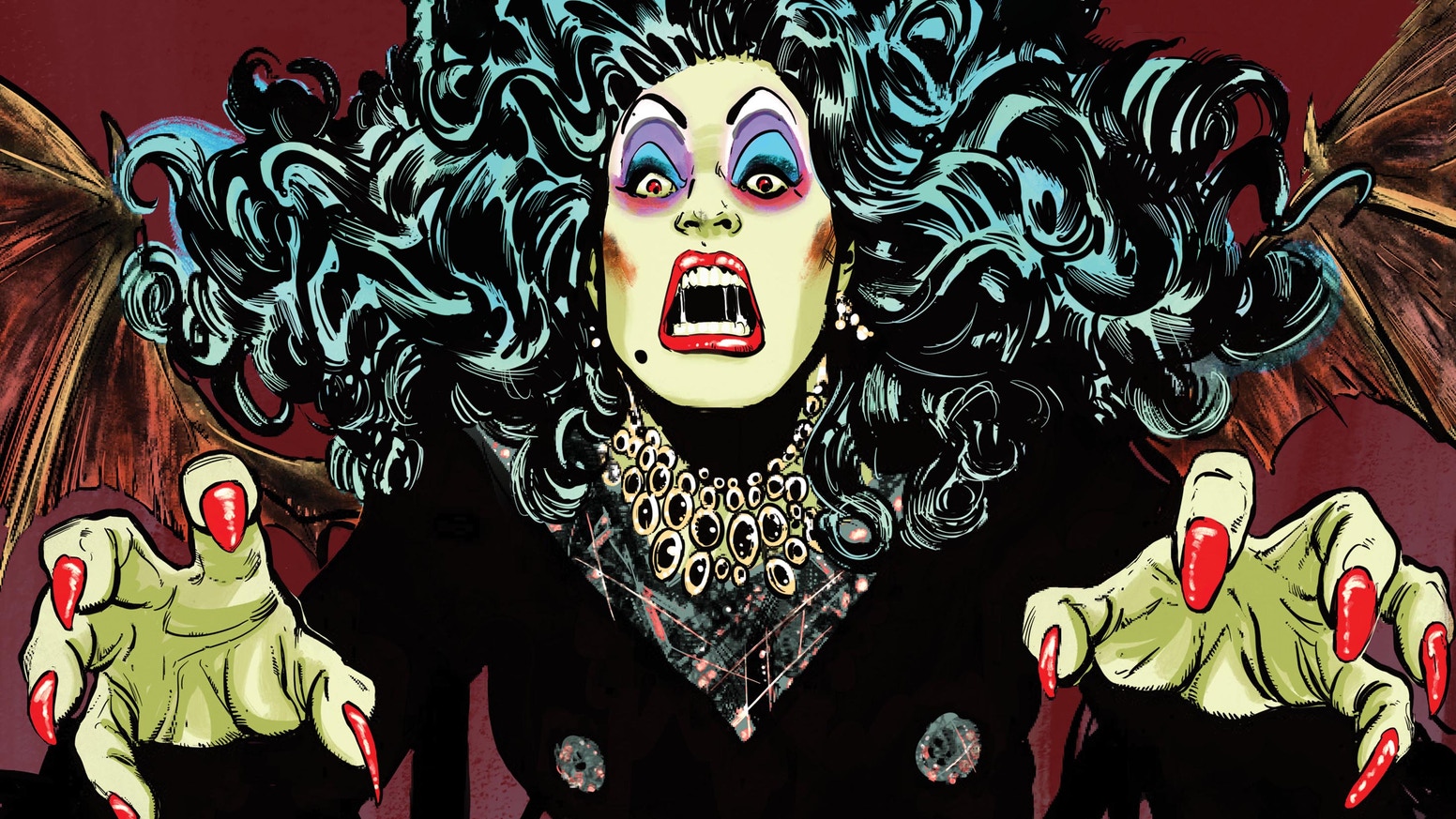
1. Theater of Terror!
In the framing story, set in the year 2119, three explorers approach the Castro Theater, one of the few buildings that remain intact amid the decaying ruins of San Francisco. There, the explores meet the ghost of Peaches Christ. In death as in life, Peaches is ready to host one of her infamous movie events. But will the explorers ever be the same after the Clockwork Orange-ing of a lifetime? Based on a story by Justin Hall and Joshua Grannell, written, laid-out, and lettered by Hall, will illustrations by Tana Ford and colored by William O. Tyler.
2. Dr. Jekyll and Mx. Hyde
In addition to comics, the collection also includes a number of single-page art pieces, frequently depicting the cover of an imagined horror comic. “Dr. Jekyll and Mx. Hyde” by A.C. Esguerra offers a non-binary version of Robert Louis Stevenson‘s seminal horror novel.
3. The Vulture
With “The Vulture,” readers are treated to a classic horror story. A seemingly mundane event – one with its own everyday horrific undertones – gives way to a piece of fantastic horror when it’s revealed that one of the characters is a (literal) monster. Written by William O. Tyler and illustrated by Dave Davenport, this story is by turns sexy and gory, with a disturbing ending that lingers after the pages of the comic have been exhausted.
4. Gleam
In “Gleam” by Sina Grace, the protagonist is tempted by a marketing scheme that promises to pay out big if he advertises their product to his social media followers. What makes this particular comic extra chilling is the fact that it isn’t avarice that drives the protagonist to accept the offer, it’s desperation: he needs the money to pay for surgery for his sick cat.
5. The Monster Who Moved Right In
Sometimes, you only need one page to tell a whole story. Such is the case with Howard Cruse‘s “The Monster Who Moved Right In.” A parody of a horror comic cover with plenty of detail, this tale of terror might prove a little too familiar for some readers.
6. Werekat
While “Werekat,” written by Rachel Pollack and illustrated by Maia Kobabe, certainly contains some horrific elements, it’s actually an incredibly uplifting and empowering tale. After a horrible experience in a gay bar in 1920s Paris, Laura endures a bloody, difficult, and personal journey – but one with an entirely worthwhile reward.
7. The Burr Tree
“The Burr Tree,” written and illustrated by Geov Chouteau, reads like a fairy tale: full of shadows and wonder. A deceptively straightforward narrative about trying to find those closest to one’s heart, this story features some truly arresting art.
8. Mer-Maid Story
Sometimes horror is about exploring real-life atrocities, sometimes it’s about empowering the disenfranchised, and sometimes, it’s about both, as with “Mer-Maid Story,” written by Mariko Tamaki and illustrated by Fiona Smyth. After the protagonist faces an all-too-familiar and realistic horror (underscored by the actual statistics she quotes at the man who disturbs her peace), a supernatural twist evens the score and offers two full-size, blood-splattered splash pages of catharsis.
9. Dead Name No More
A classic ghost story, “Dead Name No More” by Robyn Adams sees transgender ghost hunter Lorelei Fontaine summoned to the home of the late Senator Rufus P. Farnsworth. The local historians need help understanding the nature of the spectral entity that seems determined to undermine attempts to establish a historical site commemorating the dead politician, and Fontaine is just the woman for the job.
10. Dyke Witch
Sometimes, the best way to endure high school is a deal with the devil, and that’s precisely what transpires in “Dyke Witch” by Ashley R. Guillory. This story features a Faustian deal that goes quite well for the protagonist, a hot demon girlfriend, and the otherwise black and white artwork uses the color red for extremely effective emphasis.
11. Dead… Again
One element that makes “Dead… Again” by Victor Hodge so impressive is how much narrative ground the story is able to cover in just a few pages. By blending backstory with a demon who affects memories and combining that with an in media res action scene, the scale of the comic’s story develops depth and comes to life. When the story ends, you’ll find yourself wondering what adventures the starring demon-hunting duo will be undertaking next.
12. The Rollercoaster of Death
Another single-page illustration that suggests the cover of a horror comic, “The Rollercoaster of Death” by Lee Marrs offers a glimpse of a traditional style horror story (being attacked on a theme park ride!) through a queer lens (the horror is taking place at a Pride Day celebration). While the outcome looks grim for the terrified riders on the rollercoaster, this piece asks a question that begs for an answer: what would a horror movie look like with a full cast of queer characters, instead of just one or two token supporting roles?
13. I Wanna Dance with Somebody (Who Loves Me)
“I Wanna Dance with Somebody (Who Loves Me)” was conceived, written, and illustrated by Yves Navant, and is one of the bleakest comics in the entire collection. The story is presented without dialogue and presents a sort of worst-case-scenario: after being tempted into taking advantage of a glory hole in an abandoned gas station bathroom, the main character ends up facing an extremely gory fate. There isn’t really catharsis in this story, but sometimes, that’s just the way a horror story works out.


